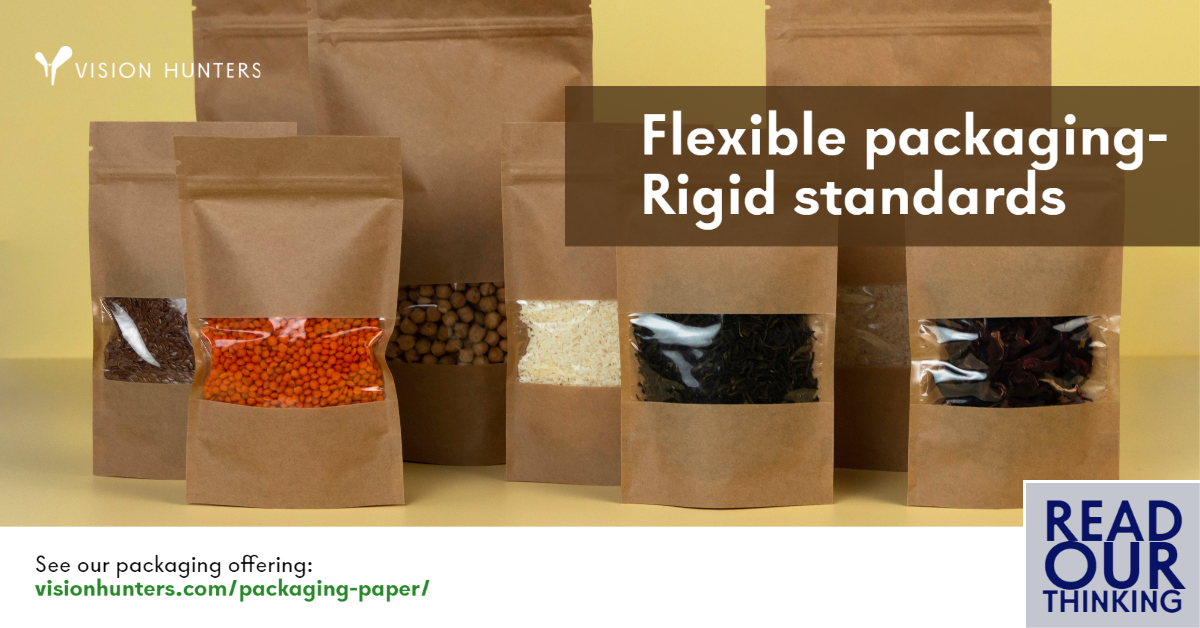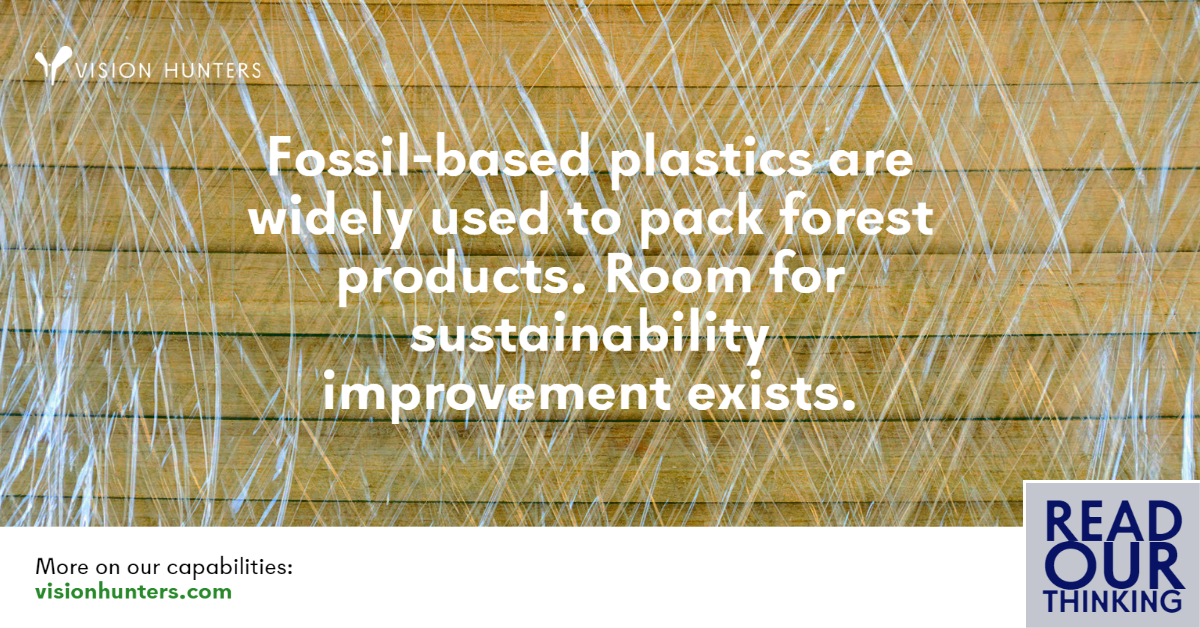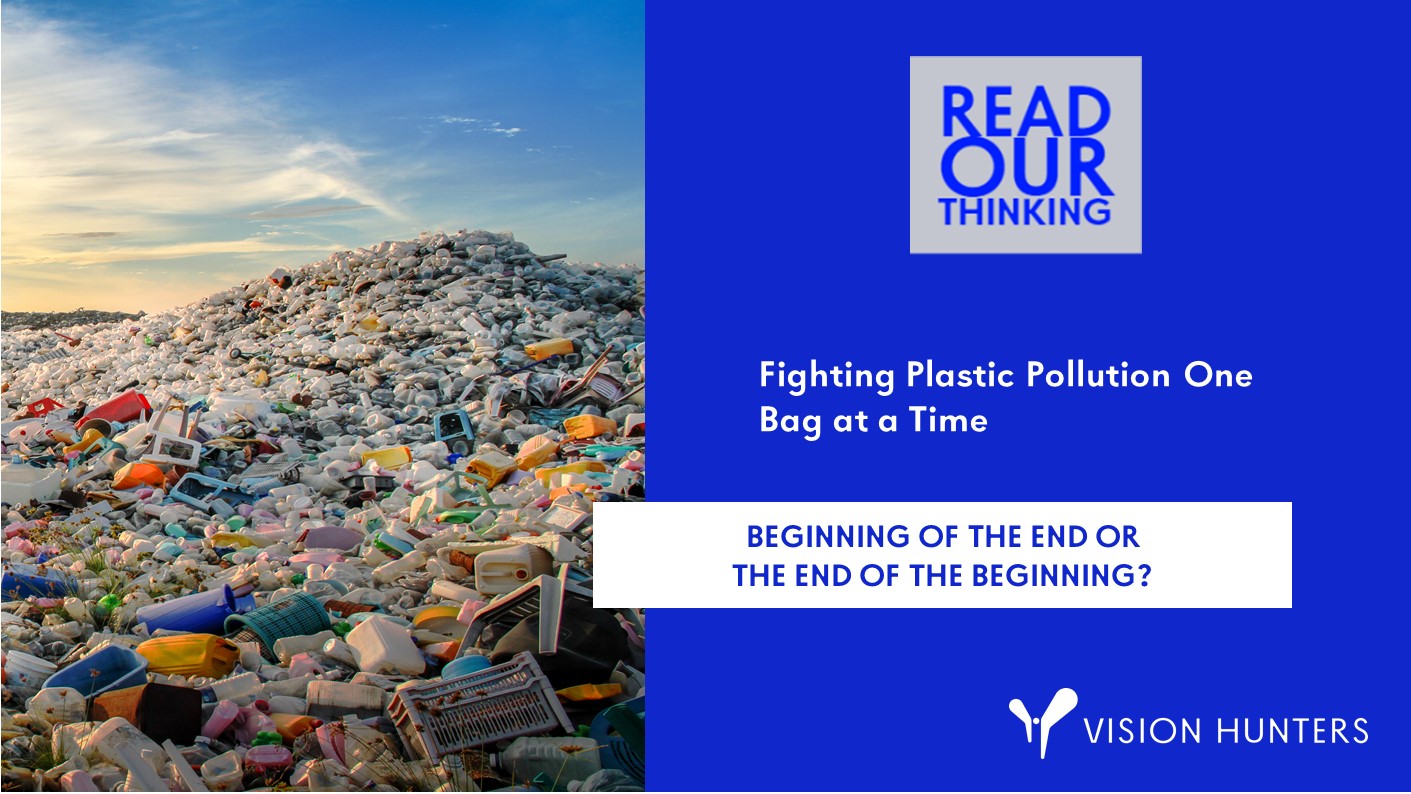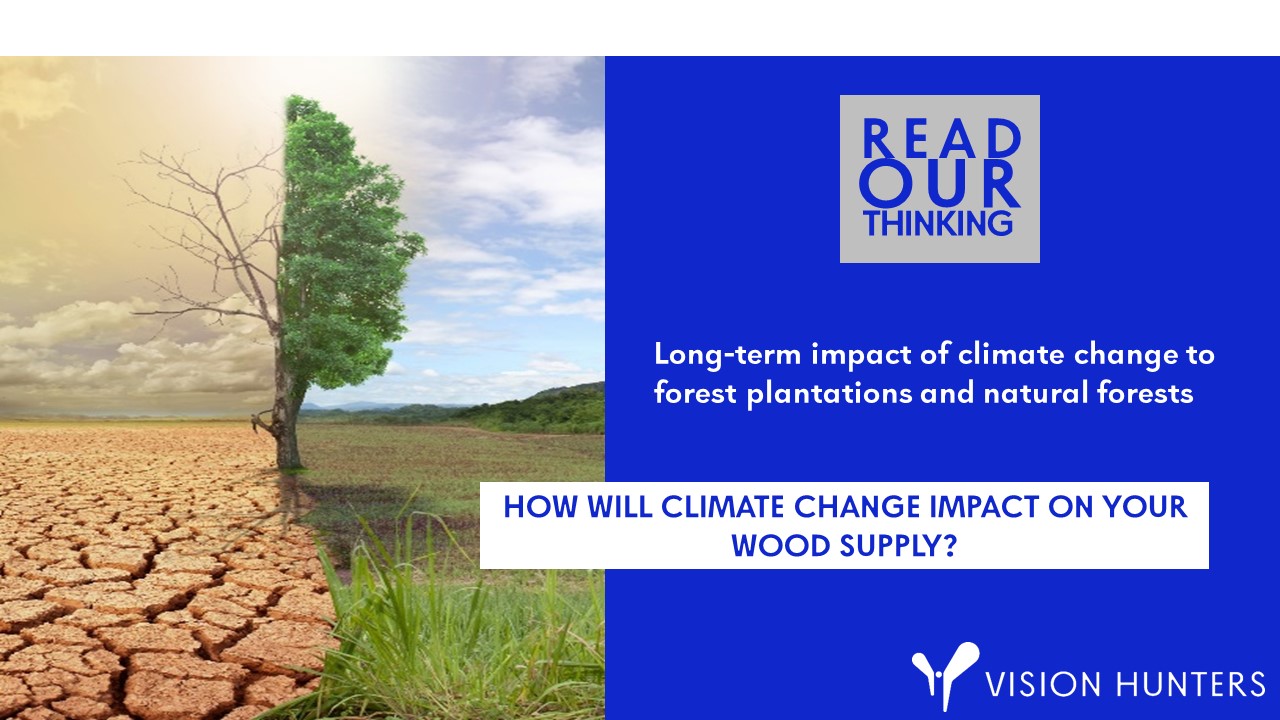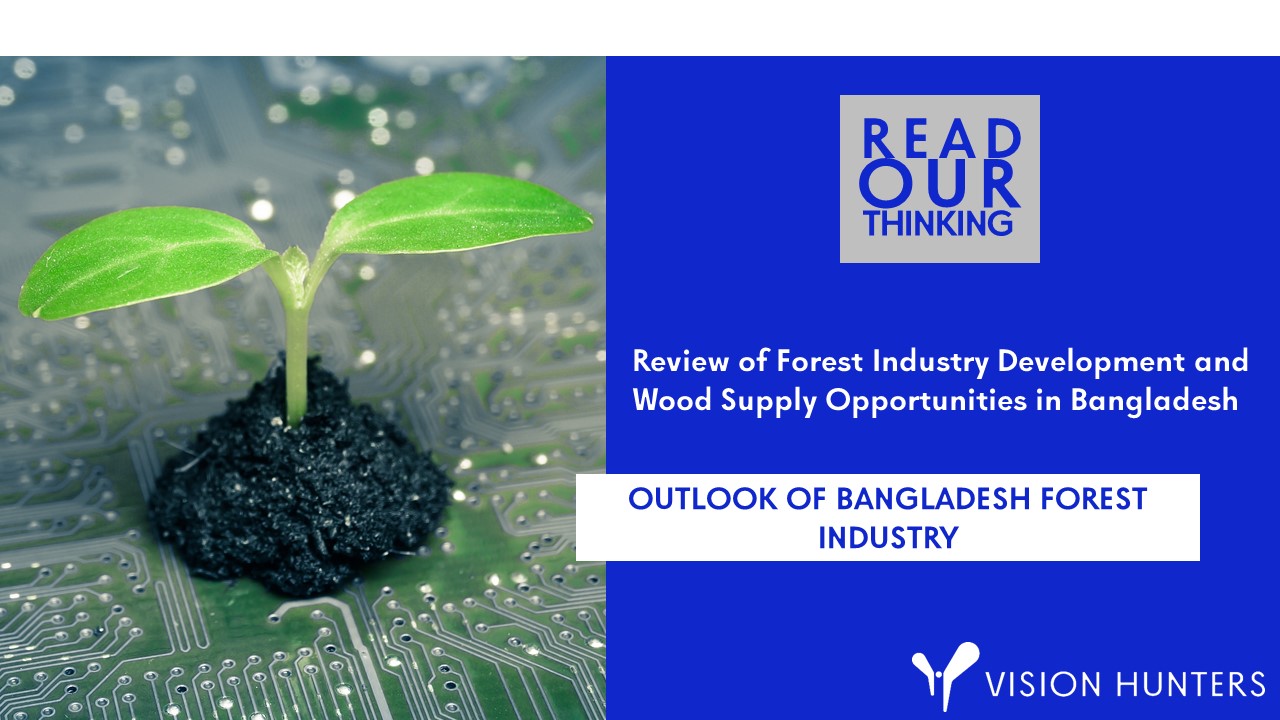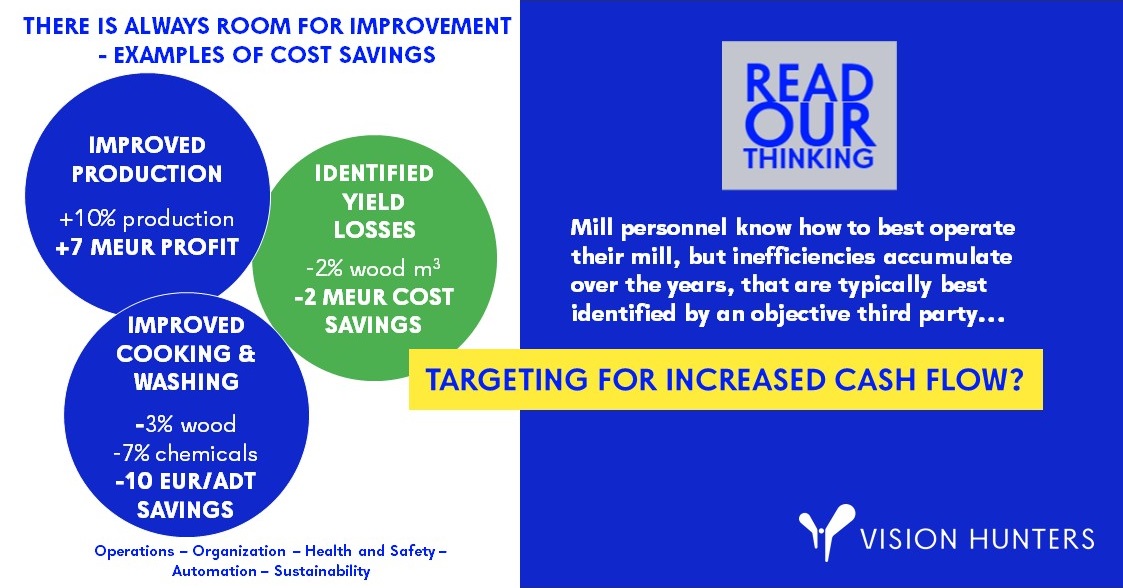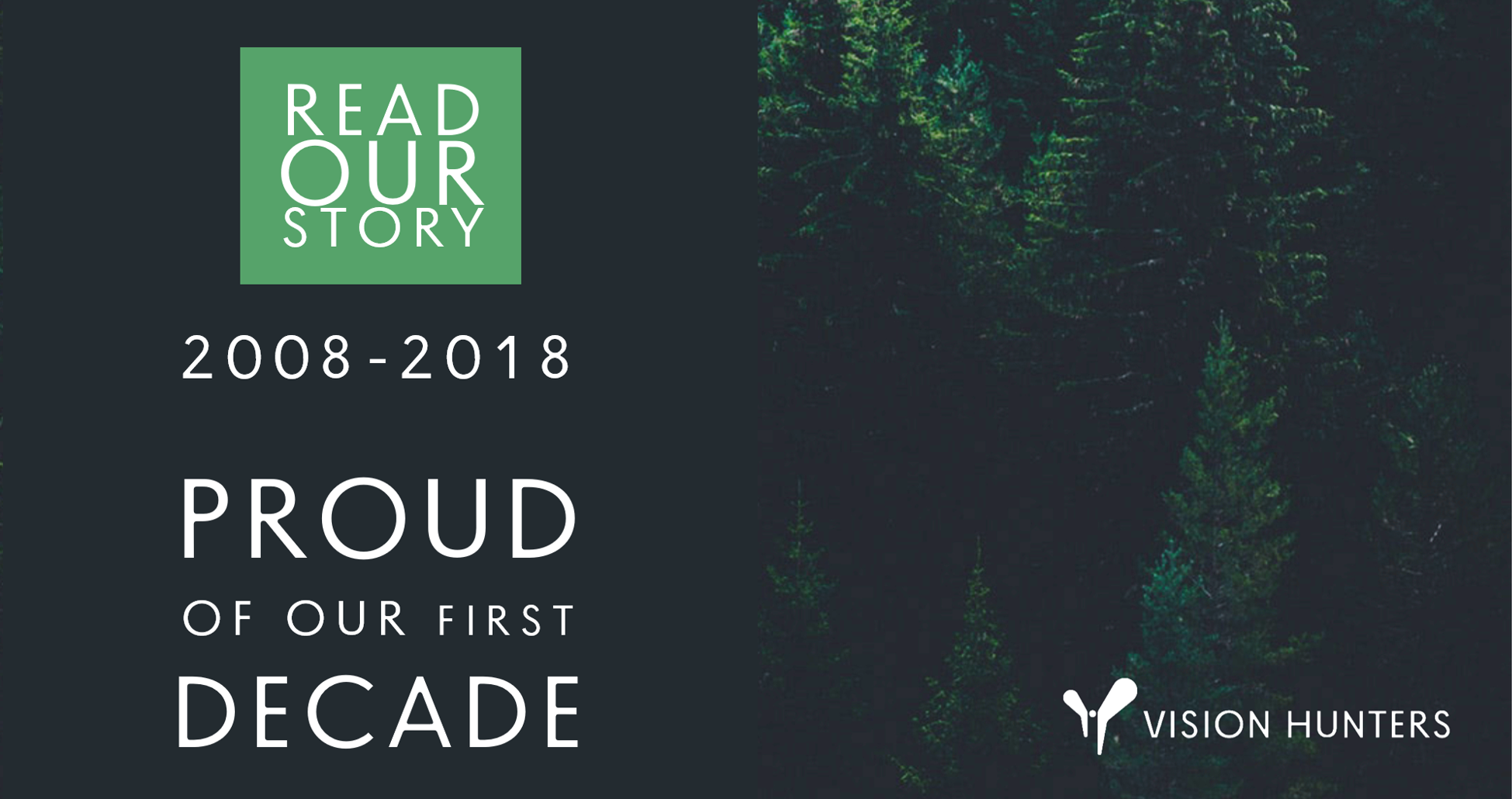Sharing expert opinions
Please take a moment to Read our Thinking on the topical issues within forest and bioindustry. We welcome a discussion and your thoughts on any of these subjects in LinkedIn - where our posts are published regularly. And if you do not follow us yet, we invite you to do so!
Packaging markets have faced unprecedented volatility, with paper and board manufacturers experiencing surging demand during COVID-19, followed by an energy crisis and de-stocking effects. As we enter the second half of 2024, the industry shows signs of recovery. This article explores the ongoing challenges, including cost pressures, sustainability concerns, and the competitive landscape between paper and plastic packaging.
May 23, 2024
Engineered wood solutions like CLT and LVL present a viable alternative to traditional construction materials, offering a significant reduction in embodied carbon emissions. While their widespread utilisation may be hindered by industry traditions and supply constraints, their potential for positive environmental impact is undeniable.
November 6, 2023
A number of factors are influencing Europe's intricate forest ownership landscape. This includes a diverse mix of public entities, private companies, and individual proprietors. These owners navigate a complex interplay of economic, social, and environmental values that dictate how forests are managed. Notable variations in ownership models exist, with implications for market trends and land prices
October 3, 2023
A number of factors are currently influencing the wood sourcing dynamics for birch. The current downturn in the industry has led to a demand decrease. Despite a general decline, demand for non-Russian birch remains solid. Additionally, the stable harvest of Finnish birch pulpwood and logs is experiencing significant price increases, prompting potential market adjustments and temporary increases in harvest volumes to meet demand.
August 2, 2023
The biofuel industry faces a critical challenge as it navigates the changing landscape of transportation fuels. There is a risk that biodiesel and bioethanol might serve merely as transitional fuels until full electrification of the vehicle fleet. Amidst these dynamics, the biofuel industry is engaged in an upbeat discussion around sustainable aviation fuels (SAF) and their potential to dominate the biofuel market in the future. What is the role of the forest industry in this equation? Could collaborative efforts between the forest industry and biofuel sectors address the widely acknowledged challenge of feedstock availability?
May 30, 2023
Future pulp mills enable improved circularity and may act as a platform for external companies working in a bioecosystem. A mill willl have more departments/plants that use all streams, as well as possible external operators, all on the same mill site. There is no single solution for the mill, but rather a range of options in both the core mill and operating within the ecosystem.
October 28, 2022
In the last few years, the green transition, or the change from growth based on fossil fuels to growth based on green solutions, has ramped up considerably.
Forest residues are one of the most promising renewable feedstocks due to their availability, cost, and independence from the food industry. They can be converted into a variety of products, including biofuels, biochemicals, and biomaterials, which can replace the use of fossil fuels in the production of steel, chemicals, and transportation fuels
October 21, 2022
During past two years Europe have witnessed a global pandemic and war starting inside its boarders. Two back-to-back crises have created a snowball effect to the European economy , causing production costs also in the paper and board industry to soar. Impact of the cost inflation is not the same for everyone, but what should the producers do to be in the winning side?.
June 1, 2022
The war in Ukraine inflicted an economic shock and upheavals on the forest industry value chain. The biggest impact on European factories and competitiveness takes place via rising energy prices. This concerns especially large mills running on Russian gas. New, energy-efficient lines strengthen their position in the cost competitiveness curve, increasing the gap to competing mills. CO2 emissions permits, chemicals and freight will become more expensive and weaken Europe's global competitiveness.
March 31, 2022
There are 3.5 million hectares of forests in Bayern and Nordhein-Westfalen regions, of which nearly one million is state-owned. The prices of wood-based raw materials have soared high, as the demand exceeds supply in all major markets while expansionary monetary policy is speeding up the inflation. States and companies must restructure to survive and build sustainable growth.
March 26, 2022
Forests are among the cornerstones in combating climate change and preserving biodiversity. The European Union has drawn new guidelines and set ambitious targets to ensure the sustainability of forestry activities. Despite being part of the same economical regime, the European countries differ in terms of economy, industry structure and wildlife habitats and therefore one size does not fit all.
December 15, 2021
Wildfires’ impact on wood availability has historically been small in Europe, as damage has been limited mostly to the Mediterranean countries. Recent events from Sweden and the Baltics, alongside Russia and Canada, do, however, highlight the importance of forest owners’ long-term commitment to sustainable forest management in securing steady global wood availability.
September 27, 2021
Forest and bio-based businesses are, without a doubt, among the most important industries for mitigating climate change, combating biodiversity loss and rising pollution, and in reducing wasteful use of natural resources. Our position is unique. Our industry is working with a diverse renewable raw material, that offers limitless options for reducing emissions by substituting fossil alternatives.
September 8, 2021
We consumers face different packaging materials and solutions daily. Europeans consume on average nearly three times their body weight in packaging per annum. Packaging steers our consumption decisions, consciously or subconsciously, and makes our lives more convenient. Packaging is a central element of nearly all businesses: bundling services into sales packages, protecting consumer goods, transporting items to other markets. We asked three of our experts at Vision Hunters what they perceive as the most exciting developments in the field of packaging at the moment.
August 12, 2021
For forest industry companies, packaging of different wood, paper, board, tissue and pulp products have been flying outside the sustainability radar. Fossil-based materials, especially plastics, are widely used in the forest products supply chain, thus a lot of room for improvement exists sustainability-wise.
June 18, 2021
Common reasons for not reaching the full potential of tall oil are outdated technology, not enough demand for CTO, and remote locations making it unfeasible to extract and ship elsewhere. Outdated technology can be solved through investments into modern extraction technologies, which are far better compared to the ones developed in the 1980s and 1990s.
June 3, 2021
Global forests are a rich source of antiviral, antibacterial, and antifungal bioactive compounds with underutilized commercial opportunities. Many of the potential candidate compounds or groups of compounds have already been identified and studied to some extent on R&D level, but there is still a vast amount of untapped business potential in finding new more potent compounds, and developing new innovations based on already accumulated knowledge. The forest industry can offer solutions by producing antiviral and antimicrobial bioactive compounds that can be used as part of the treatment against the viral infection.
May 28, 2021
Lignin has been a good source for renewable bioenergy, but it is currently an underutilized source for biobased products and has the potential to replace many of the oil-based products. While lignosulfonates have found their use cases, there is a huge untapped potential for kraft-lignin and lignin originating from second generation (2G) biorefineries.
April 7, 2021
The development of a recycling infrastructure for packaging waste is a longer-term goal, which will be needed in order to more efficiently utilize raw materials and support circularity and by that a more sustainable future for our globe. What is surprising, is the currently lacking sorting of used food packaging in fast food restaurants, as typically all trash is placed into the same bin.
March 28, 2021
Digitalization is used to create revenue, improve business, and to replace and transform business processes. Digital solutions offer tools for more competitive ways to run business. Digitalization is increasingly utilized to reach a higher sustainability performance and to meet the requirements of increased visibility and transparency in the end-to-end supply chain. A digitalization strategy is needed to deploy the full potential of digitalization, also in terms of sustainability.
March 1, 2021
What is happening in the Global Pulp and Paper Industry going into 2021? How has the Russian P&P sector been affected by the pandemic turmoil? This article by Vision Hunters titled “PULP & PAPER INDUSTRY IN THE MASK. IS IT EVEN BREATHING?” in English and in Russian was published in the Russian edition of Pulp and Paper, issued in November 2020.
December 3, 2020
The forest industry provides a sustainable textile material alternative and plays an active role in the future of fibers. Many new innovations are surging, being currently in early commercialisation phase. Cellulose-based fibers can bring new high-value added production to the pulp industry and materials such as lyocell will drive the conversion of paper pulp to dissolving pulp.
November 19, 2020
Investing with consideration to issues beyond financial returns, or active ownership, has become widespread during the past decade. ESG investing implies investments that simultaneously seek both positive returns and positive impact on society and the environment considering ethical, governance and sustainability issues. Change has been driven simultaneously by regulators, clients, companies as well as asset managers.
July 17, 2020
Sharing our expert perspectives.






